Smirnov, Nassonova, Berney, Fahrni, Bolivar et Pawlowski 2005
Cells with lobose pseudopodia (lobopodia). The entire cell or individual pseudopodia (in polypodial cells) are tubular, cylindrical, or subcylindrical, rounded in cross- section. If cells are flattened or branched they are capable of altering the locomotive form from a flattened, expanded one to monopodial or polypodial, with subcylindrical pseudopodia. Monoaxial flow of the cytoplasm in every pseudopodium or in the entire cell. No ciliate stages. Two groups are testate, and two sorocarpic taxa are known. No sporocarpy has been reported.
Kang et al. 2017
Cells naked or covered with a hard test; tubular or produce tubular pseudopodia; if flattened or branched, capable of altering the locomotive form to monopodial or polypodial, with tubular pseudopodia.
Pussard and Pons 1976 sensu Smirnov at al. 2017
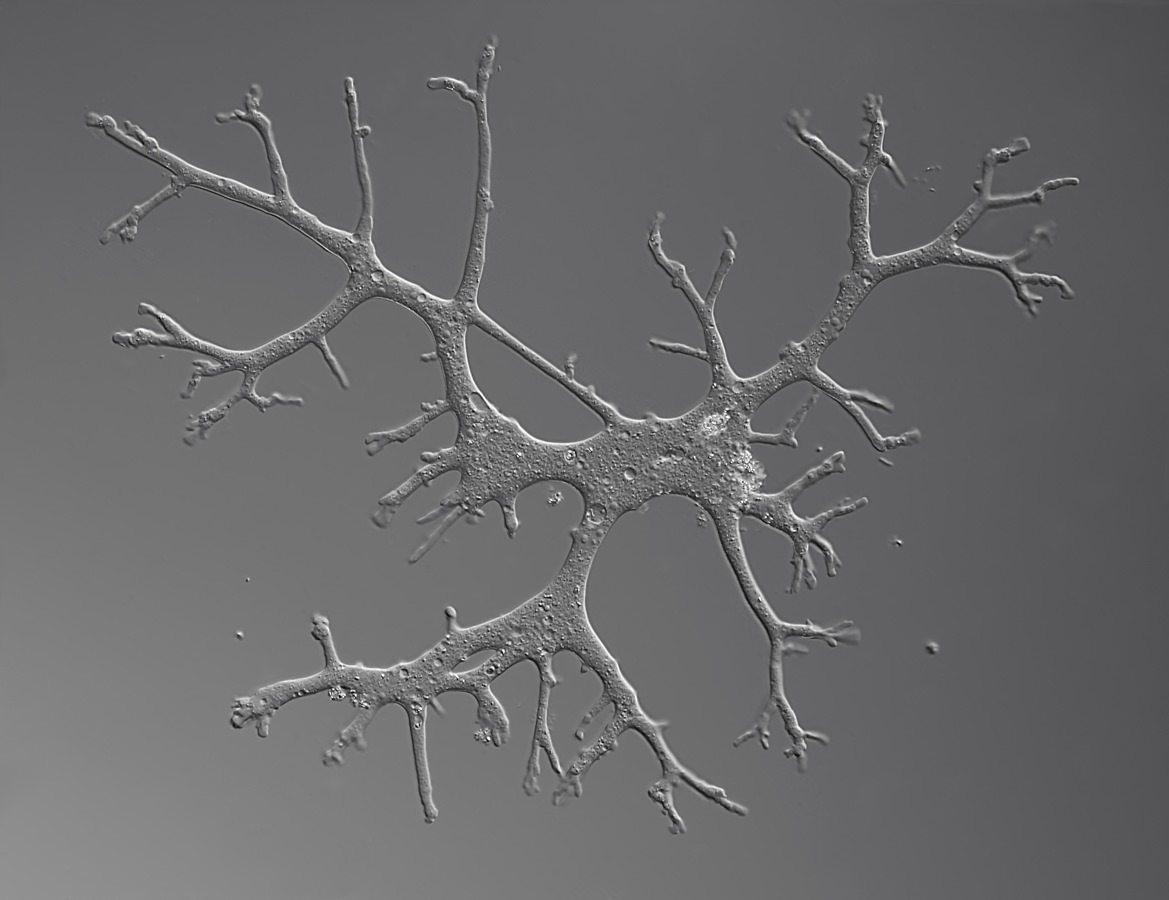
Cell covered with hard or highly rigid organic or mineral extracellular test consisting of either self-secreted elements (calcareous, siliceous, or chitinoid), a sheet-like chitinoid structure, or recycled organic or mineral particles bound together, with a single main opening.
Kosakyan 2016
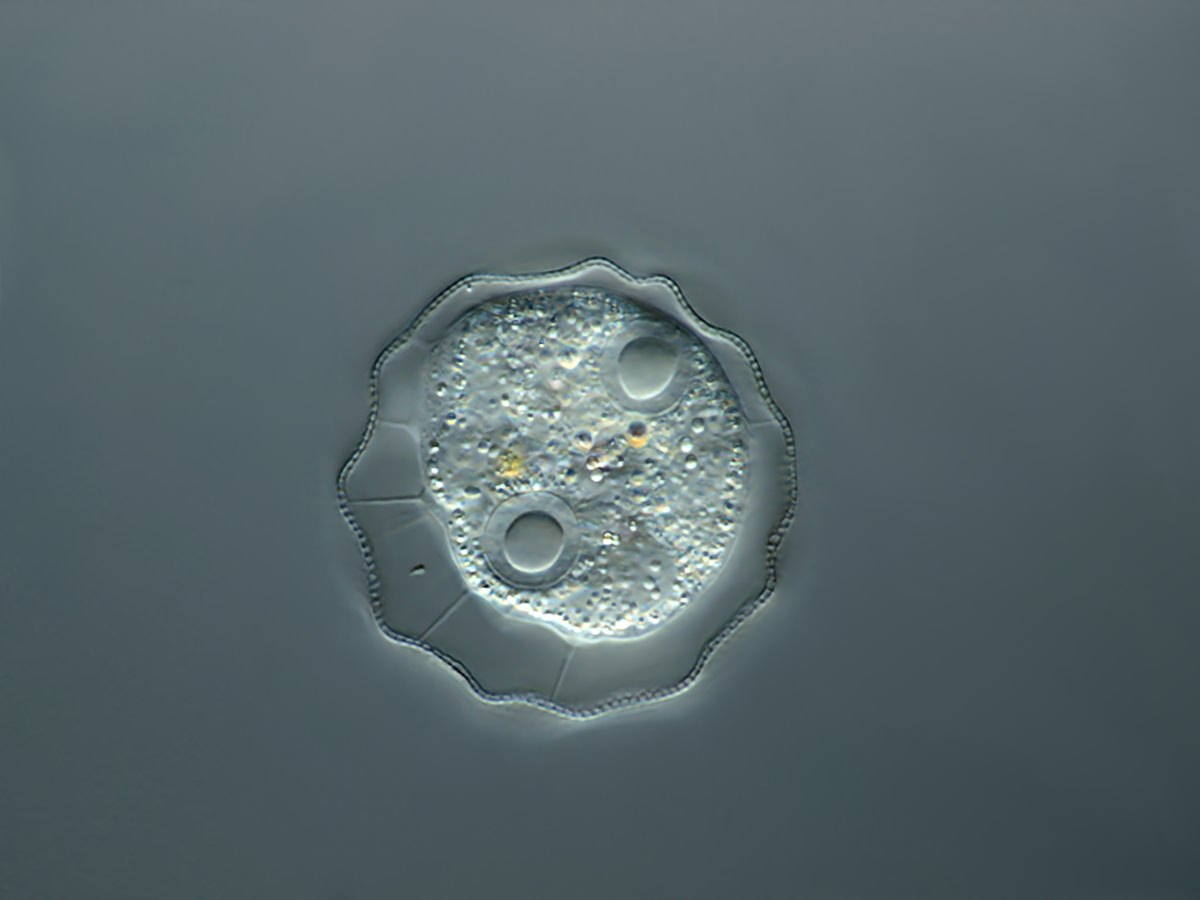
Arcella gibossa
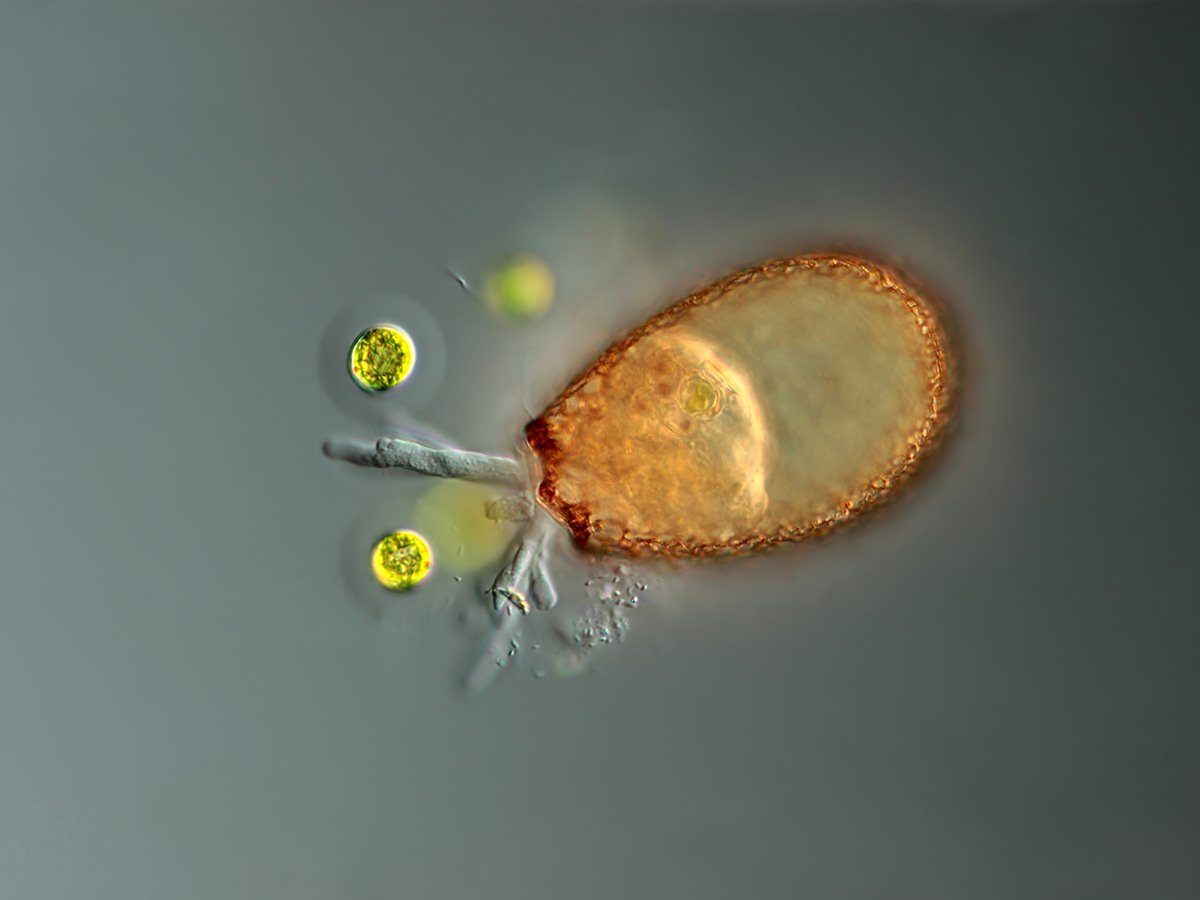
Netzelia oviformis
Meisterfeld 2002 sensu Kosakyan et al. 2016
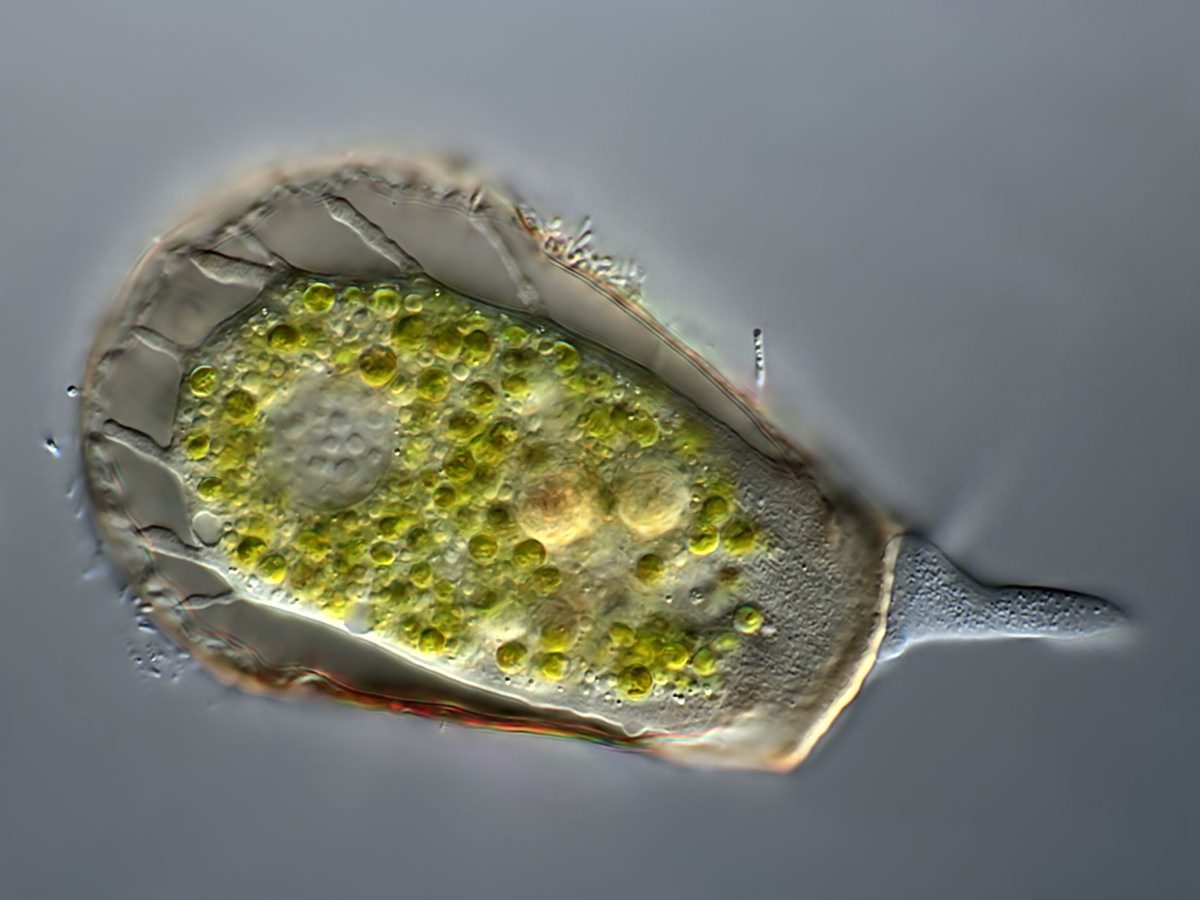
Arcella gibossa
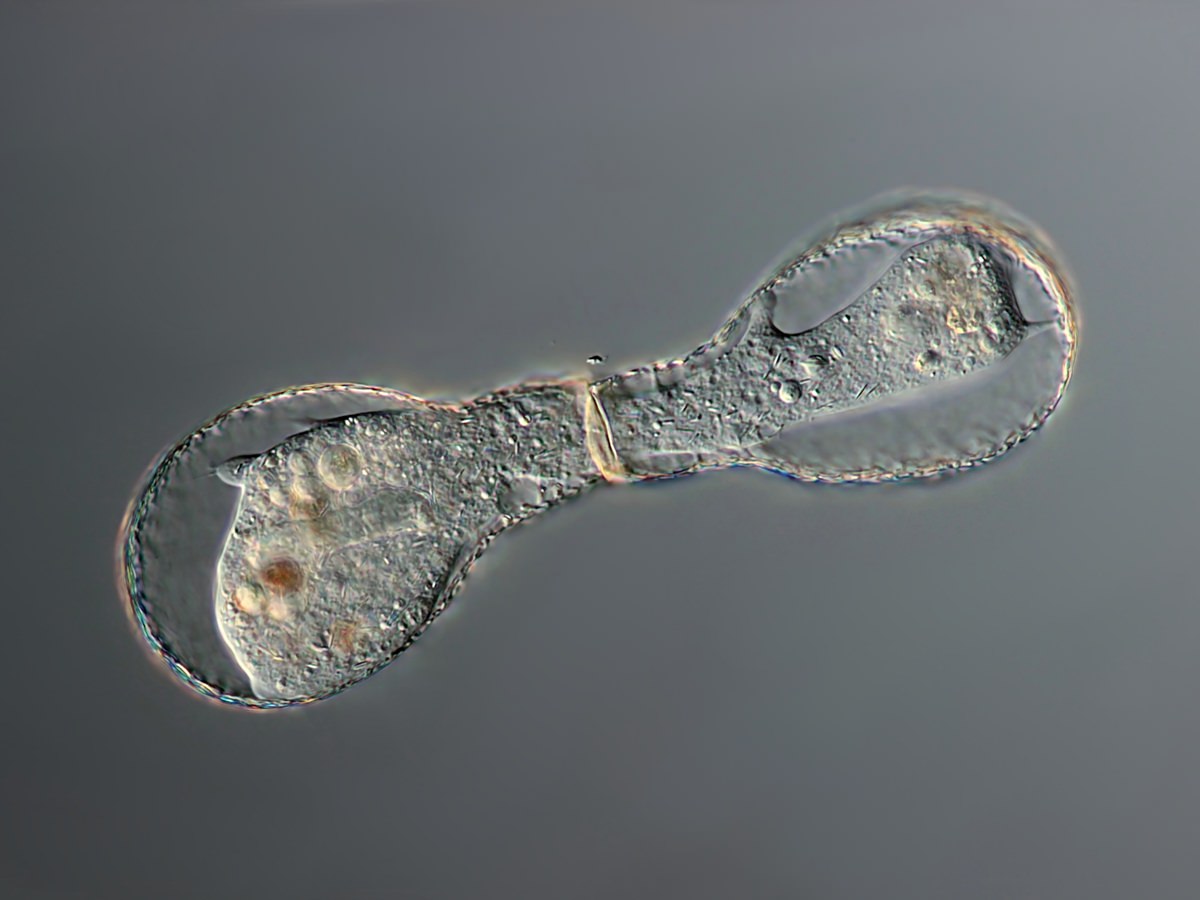
Nebela lageniformis
Leidy 1874
Test reinforced with mineral particles, collected euglyphid body plates or diatom frustules, slit-like aperture, numerous small digitate pseudopodia; with symbiotic Chlorella.
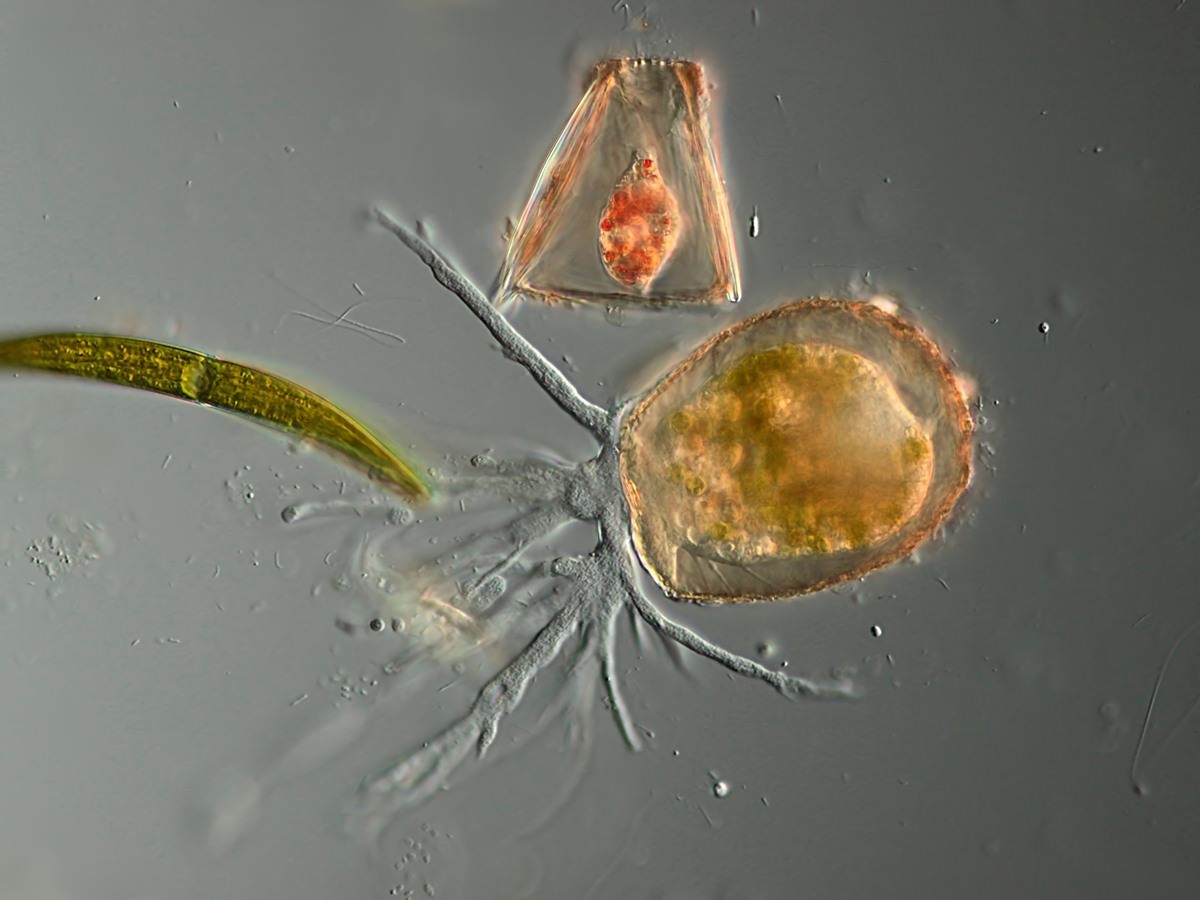
Heleopera sphagni

Heleopera sphagni

Heleopera sphagni
Bovee 1985
Test proteinaceous, with calcified inner layer, or completely chitinoid with recycled mineral or organic particles; pseudopodia conical, pointed, consist solely of the hyaloplasm, sometimes branched and may anastomose.
Vucetich 1974
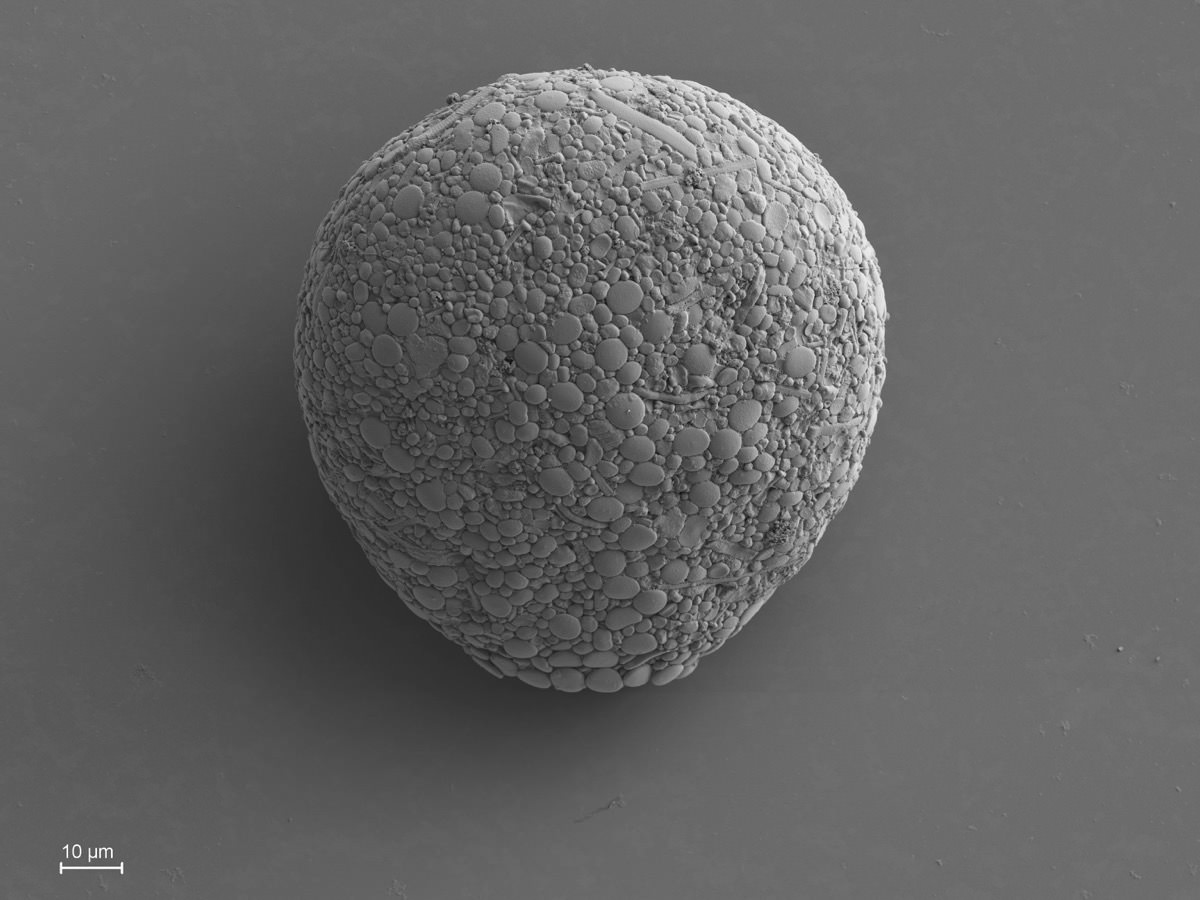
Argynnia dentistoma
Lepsi 1960 sensu Smirnov et al. 2011

Amoeba proteus